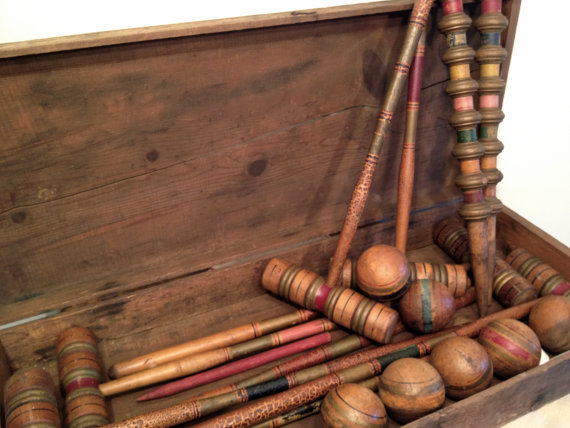So where did Hotchkiss actually come from? Lets back track to the 1800's where an American fellow by the named of Benjamin B. Hotchkiss lived. He was a tinkerer and wanted to get into the arms business. Unfortunately for him, this was right after the American Civil War, when the thought of deadly weapons wasn't a high priority.
Benjamin not taking no for an answer decided to pack up and move to France in 1867. Once there he formed the Société Anonyme des Anciens Etablissements Hotchkiss et Cie, producing weaponry, most notably the machine guns used in WWI.
Around the same time Eli H. Hotchkiss a nephew of Benjamin founded an office supply company. Eli was also a creative type and worked in designing paper fasteners which later would be called Hotchkiss staplers. These Hotchkiss designs were eventually exported to Japan and since there wasn't a Japanese equivalent word for stapler, they became known as hochikisu after the name Hotchkiss. At some point the Koreans borrowed the word from Japan to form the word 호치키스, or hochikiseu.
The Hotchkiss stapler pictured above and below, is one I recently purchased from Esty. Funny side note. I had no idea how big this stapler was until it arrived. Well to my surprise it was only about 4" long and 3.5" tall. Much smaller than I had imagined and turned out to be pretty funny.
Why so funny you ask? Well I also purchased a pair of scissors for Kathleen (Antique R Heinisch scissors made in the late 1800's). I thought these would be about 8" to 10" long. Both items arrived at the same time. When we opened the package containing the scissors, they were huge, almost like a sword. Massive scissors indeed. Next we opened up the box containing the stapler and it was so small. I guess you just had to have been there. Needless to say we busted out laughing.













